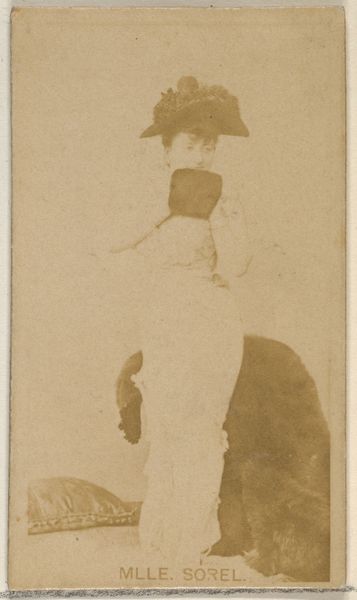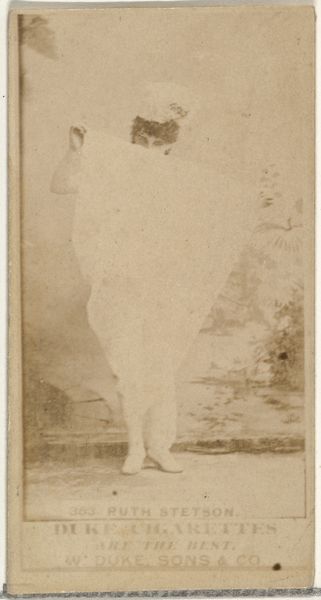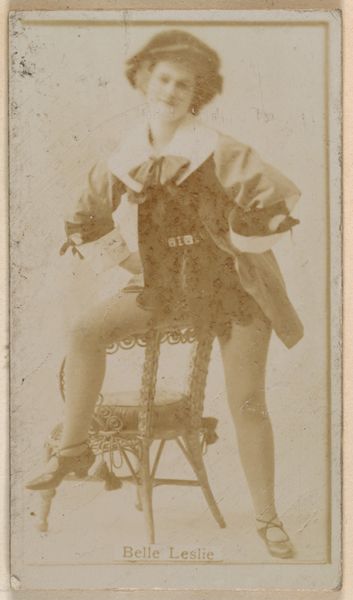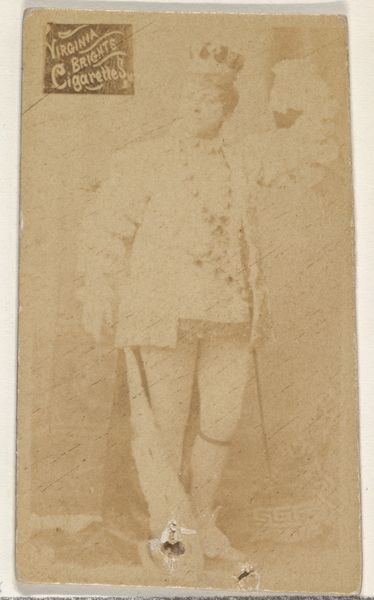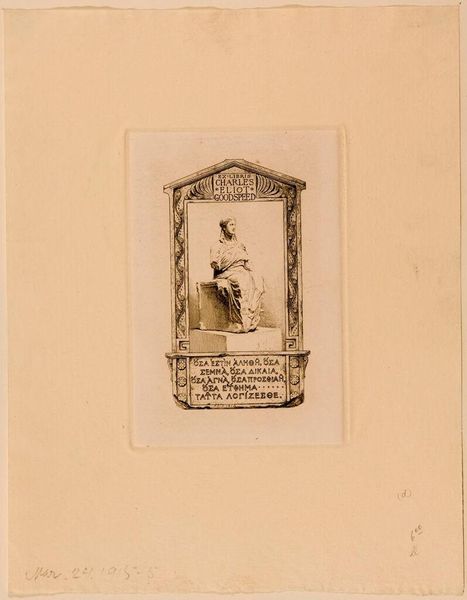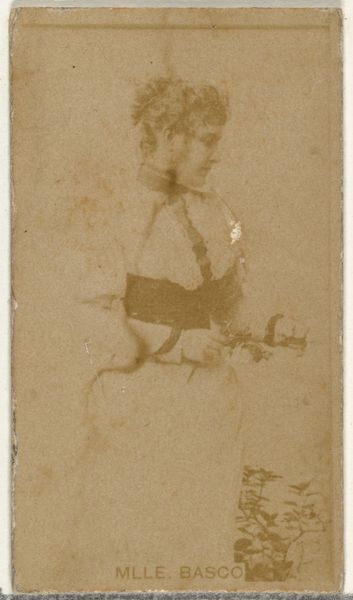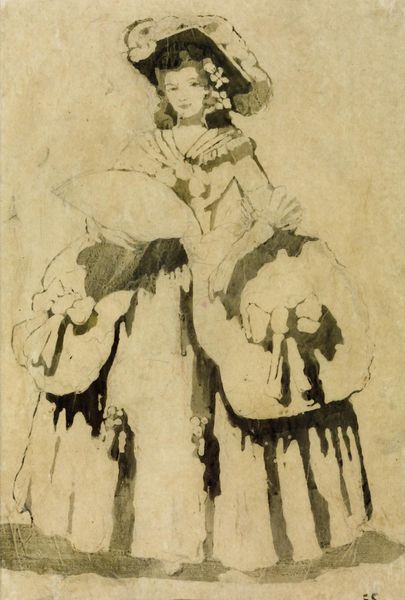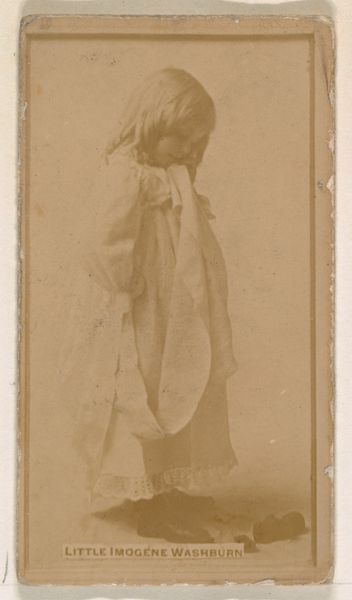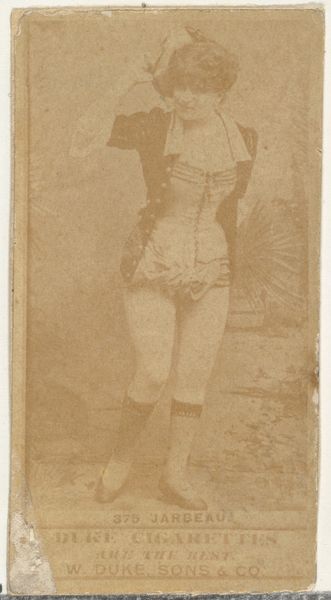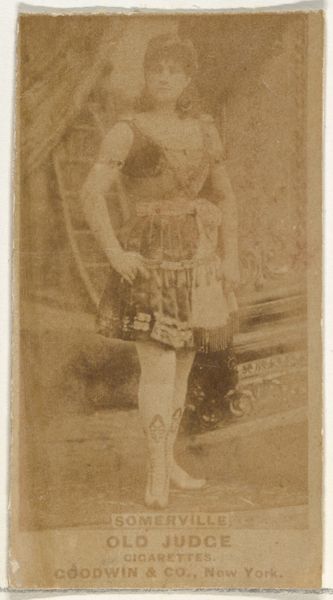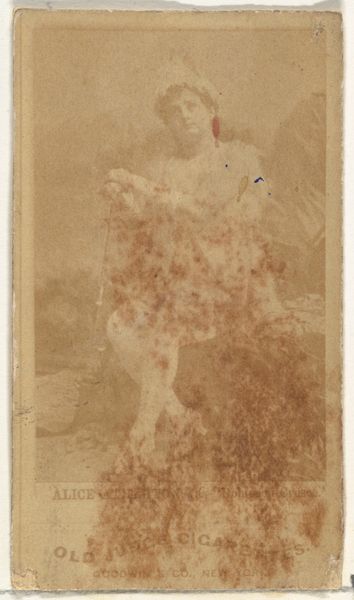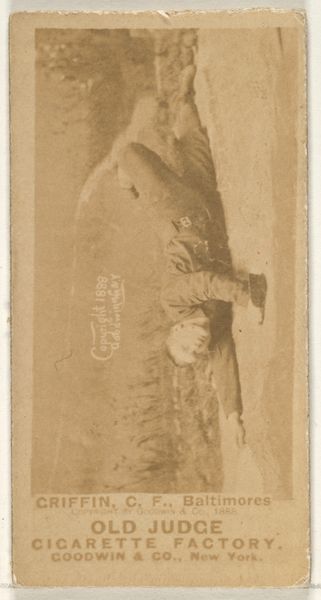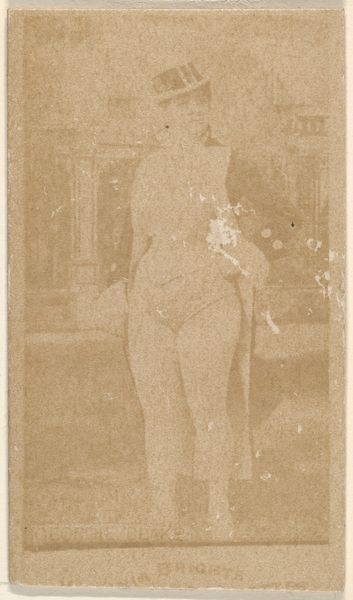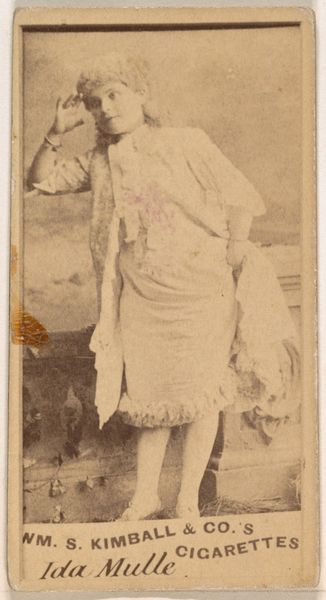
drawing, painting, print, paper, watercolor, graphite
#
portrait
#
drawing
#
animal
#
painting
# print
#
impressionism
#
landscape
#
paper
#
oil painting
#
watercolor
#
coloured pencil
#
graphite
#
mixed media
#
watercolor
Dimensions: 250 × 205 mm
Copyright: Public Domain
Curator: This watercolor on paper by Giuseppe de Nittis is titled "Bob" and was completed in 1869. The artwork resides here at The Art Institute of Chicago. It seems deceptively simple at first glance. Editor: There's a remarkable quietness to it. The almost monochromatic palette, dominated by off-whites and tans, creates a muted atmosphere. And what a study in lines—the strong verticals of the stall versus the elegant curve of the horse's neck. Curator: Consider the political climate of 1869 in Paris. This piece could be read as a commentary on the role of animals—especially horses—in a society recovering from war. They were workhorses, symbols of both luxury and necessity, and essential in transportation and agriculture. The inscription hints at ownership – possibly even of stature and nobility. Editor: Intriguing point! Structurally, I am stuck by the contrast between the rough application on the stall's stonework and the precise detailing on the animal. Look at the fine rendering of the horse's musculature compared to the implied stonework pattern on the floor. Curator: The Impressionists were fascinated by light and fleeting moments and also the gritty urban landscape that often went unnoticed, or were previously deemed as too banal for artistic endeavors. So while there’s no glorious battle, one could say that de Nittis is dignifying the common life of a workhorse. Editor: I would also add, observe how the positioning in the stall directs your eyes to specific forms. See how his composition causes you to immediately scan the light playing along the animal’s neck. Then as a sort of compositional cadence your eyes cadence downwards along his back. He directs your line of vision through the subtle variation of textures. Curator: So much of the horse's world depended on unseen power structures! Ownership, utility… De Nittis subtly includes these complex dynamics for the time through his unique interpretation. Editor: You know, the sheer contrast, the stark tonality initially struck me as bland. But your points on ownership and class have altered how I see the entire painting. Now it hums with political resonance and symbolic importance.
Comments
No comments
Be the first to comment and join the conversation on the ultimate creative platform.
